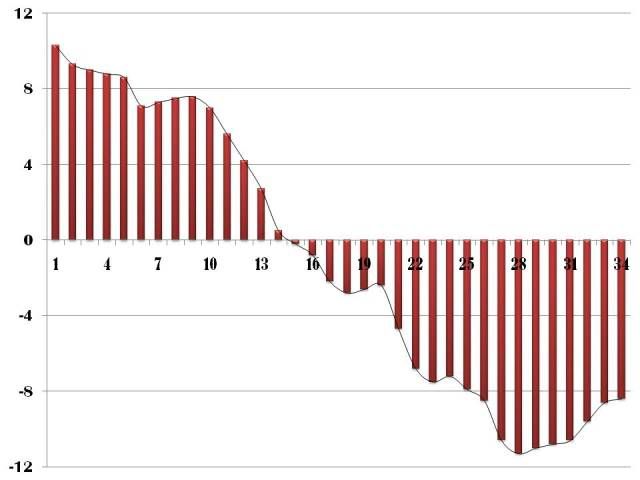
CPC considers El Niño or La Niña conditionsto occur when the monthly Niño3.4 SST departures meet or exceed +/-0.5°C along with consistent atmospheric features. These anomalies must also be forecasted to persist for 3 consecutive months. As of last week, the SST anomaly of Niño 3.4 was 0.3ºC...enso neutral, so the earliest period that could be considered an el nino phase would be June-July-August (a la 2004 season....actual SST anomalies from that year are very close to the forecast consensus line for this year..interesting)
Once the threshold is met....it must persist over time....otherwise it could be the result of the normal ups and downs that take place in sst's given the detailed look we give them.
wxman57 wrote:NCEP ensembles get warmer with each run. Now approaching +2 above normal late this year. Already approaching El Nino threshold of +0.5 deg.

















